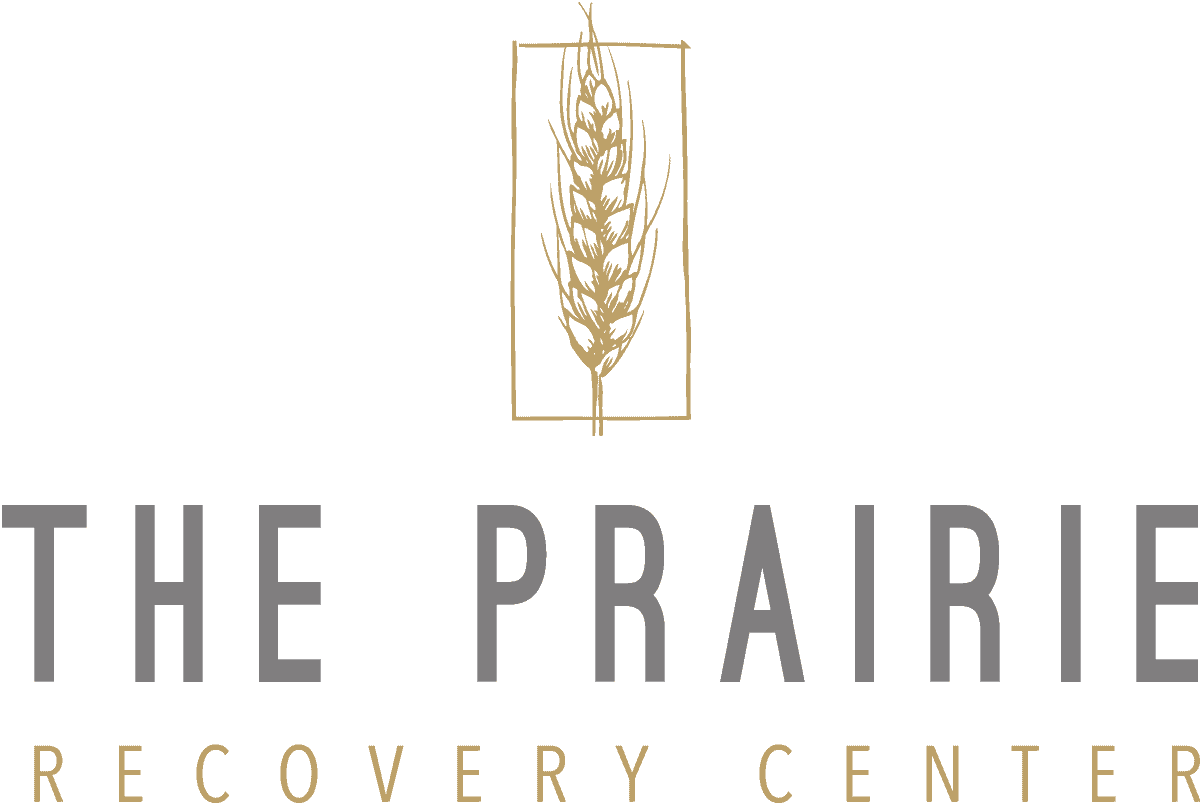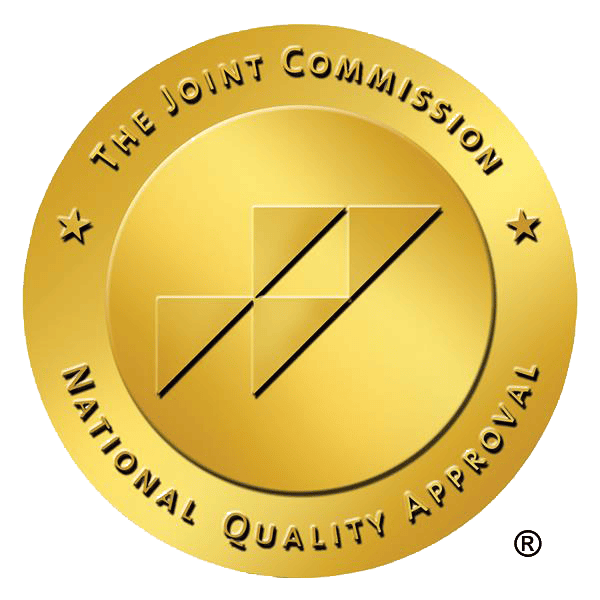Polydrug abuse is the concurrent use of multiple substances. This dangerous practice poses several serious risks to an individual’s physical health and psychological well-being. With each substance affecting the body and mind differently, combined usage can lead to unpredictable outcomes and dangerous outcomes.
From overdose and organ damage to addiction and increased likelihood of mental health disorders, understanding these risks is instrumental in promoting informed choices and the importance of seeking help.
Understanding Polydrug Abuse
Polydrug abuse is a complex issue involving the deliberate combination of drugs like alcohol, opioids, stimulants, hallucinogens, or prescription medications. These substances interact with one another in unpredictable ways within an individual’s body and mind.
This interaction can have severe repercussions on various aspects of their health, leading to life-threatening consequences such as overdose or irreversible damage to vital organs. Moreover, polydrug abuse significantly increases an individual’s vulnerability to addiction.
The combined effects of different substances create a stronger euphoric experience, which intensifies the psychological reward system and enhances dependence potential. Using multiple drugs simultaneously can worsen the symptoms of pre-existing mental health disorders or even cause them to develop, leading to a vicious cycle of substance abuse and deteriorating mental well-being.
Fatal Polydrug Combinations
Polydrug abuse has the potential to create deadly combinations when certain substances interact in harmful ways. Some of these include, but are not limited to:
Heroin and Fentanyl
One of the most dangerous combinations is heroin and fentanyl, which can result in respiratory depression and overdose due to their potent Central Nervous System depressant effects.
Speedballing
Speedballing is the simultaneous use of stimulants, such as cocaine or amphetamines, with opioids, like heroin. This mixture combines the stimulating properties of the stimulant with the suppressive effects of opioids on breathing, putting individuals at a higher risk for heart attacks, brain damage, and even death.
Benzos and Opioids
The combination of benzos with opioids also presents serious dangers. Both substances have sedative properties that can dangerously slow down respiration when used together and increase the risk of respiratory failure, overdose, and death.
LSD and MDMA
Mixing LSD with MDMA can have unpredictable outcomes. This combination intensifies adverse reactions such as panic attacks, anxiety disorders, psychosis-like symptoms, or triggers serotonin syndrome, a potentially life-threatening condition caused by excessive serotonin levels in the brain.
Alcohol and Marijuana
Alcohol is a depressant that slows down brain function and affects coordination and judgment. Marijuana, on the other hand, contains psychoactive compounds that can impair memory, perception, and motor skills.
The combination of alcohol and marijuana can lead to increased intoxication levels. This may result in significant impairment of cognitive abilities, impaired decision-making skills, slower reaction times, and compromised motor control. It may also trigger anxiety or paranoia in some individuals.
Effects of Polydrug Use
The effects of polydrug abuse can vary widely depending on the specific combination of substances involved. However, there are some common patterns and risks associated with this practice.
One significant effect is an increased risk of overdose. Mixing drugs amplifies their individual effects, resulting in respiratory depression, cardiac arrest, or other life-threatening complications.
Polydrug use can also lead to heightened intoxication and impaired judgment. Combining substances can intensify feelings of euphoria or sedation, making it more difficult to gauge one’s level of impairment. This increases the likelihood of risky behaviors such as driving under the influence or engaging in unsafe sexual practices.
Additionally, polydrug use can have severe adverse effects on mental health. Interactions between substances may exacerbate existing conditions or cause new ones to develop. Chronic polydrug abuse can also contribute to organ damage, cardiovascular problems, cognitive impairments, mood disorders like anxiety and depression, psychosis, and addiction.
Dangerous Pills and Alcohol Combos
Some examples of potentially risky pill and alcohol combinations include:
- Benzos and alcohol: Both substances depress the central nervous system, leading to increased sedation, drowsiness, impaired coordination, blackouts, respiratory depression, and an increased risk of overdose.
- Opioids and alcohol: Combining opioids with alcohol can cause severe respiratory depression, increase the risk of overdose, and can even lead to coma or death.
- Antidepressants and alcohol: Mixing antidepressants with alcohol reduces the effectiveness of the medication and increases the frequency of side effects, such as dizziness, drowsiness, impaired judgment, and suicidal thoughts.
- Muscle relaxers and alcohol: The combination of muscle relaxers with alcohol enhances their sedative effects on the body’s central nervous system, causing extreme drowsiness, difficulty breathing or speaking, and putting individuals at a higher risk for accidents and personal injuries.
Signs of Polydrug Use
Signs of polydrug use can vary depending on the specific combination of substances. However, some common signs to be aware of are:
- Bloodshot eyes
- Dilated or constricted pupils
- Unusual body odor
- Sudden weight loss or gain
- Tremors or shakes
- Impaired coordination and motor skills
- Erratic or unpredictable behavior
- Extreme mood swings
- Increased impulsivity and risk-taking behaviors
- Neglecting responsibilities
- Relationship issues
- Changes in social circles
- Financial difficulties
- Secretive behavior
- Skin problems
- Chronic illnesses
- Depression
- Anxiety
- Paranoia
- Hallucinations
Treatment for Polydrug Use
It’s important to note that treating polydrug use should be tailored to meet the individual’s specific needs, as there is no one-size-fits-all approach. Personalized treatment plans usually consist of detoxification from the substances. This is followed by some level of rehab care, either inpatient or outpatient. Treatment may also involve using medication-assisted treatment (MAT) when appropriate.
In addition, various behavioral therapies and evidence-based and holistic approaches can be used to help individuals uncover the underlying factors contributing to their addiction and develop coping skills, modify unhealthy behaviors, and maintain sobriety.
Individual counseling and group therapy are also used to treat polydrug abuse. In cases where mental health disorders are present, dual diagnosis treatment is vital to ensure comprehensive treatment. Lastly, aftercare planning is vital to promote long-term recovery success.
Break Free from Polydrug Abuse in Austin, TX
Take the first step towards a healthier, drug-free life. Join us at The Prairie Recovery Center in Austin, Texas, to break free from polydrug abuse. Our experienced team is dedicated to providing personalized treatment that addresses your unique needs in a caring and supportive environment to guide you to lasting recovery.
Contact us today to begin your recovery journey.








